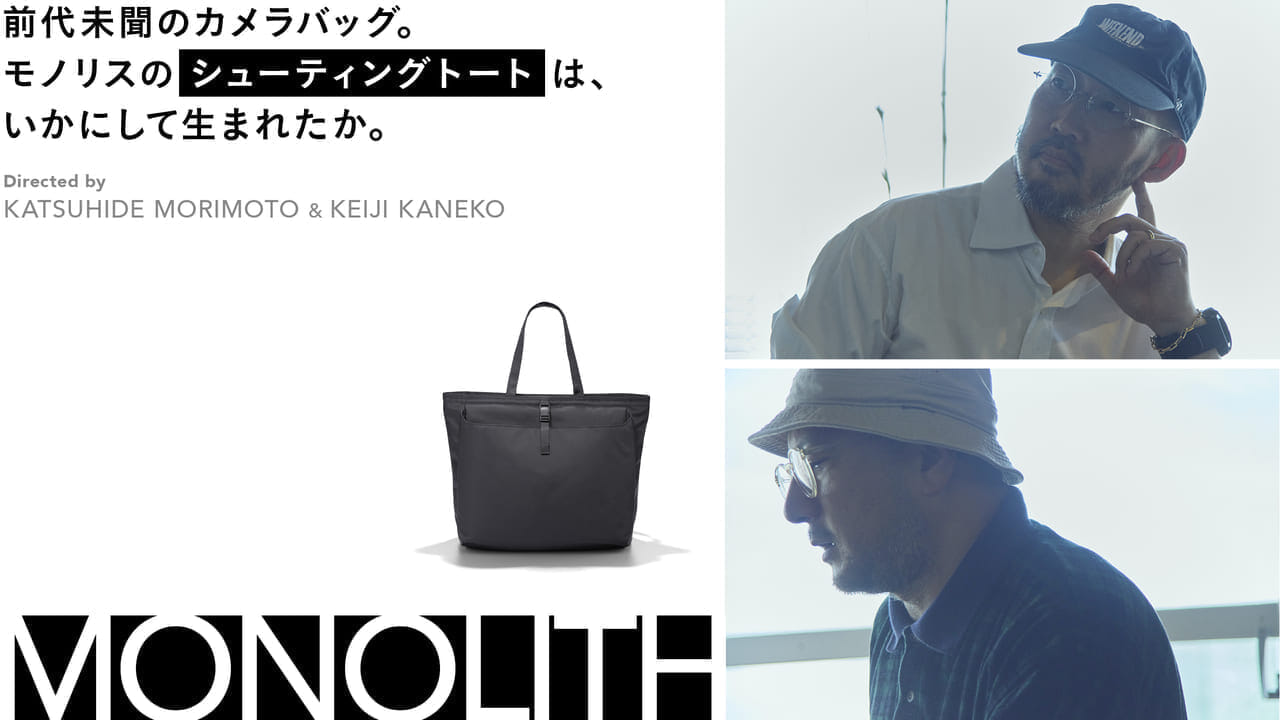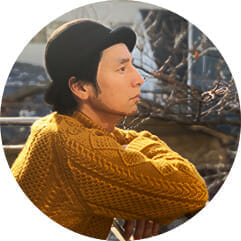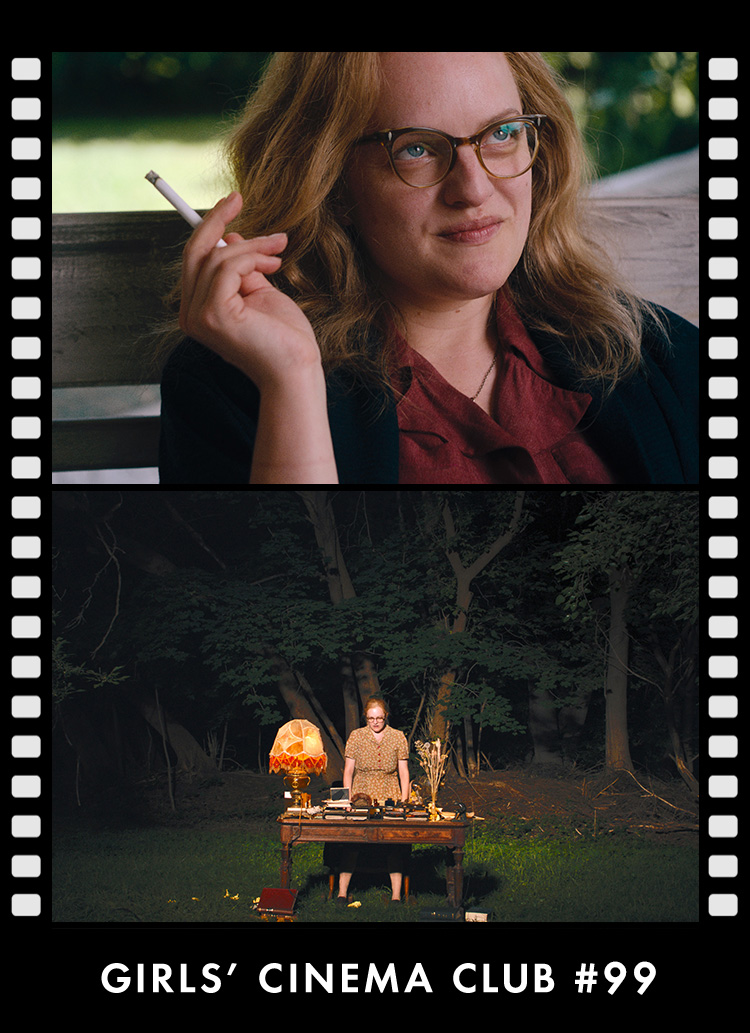PROFILE
Born in Kanagawa Prefecture in 1974. Studied under photographer Yoshie Tominaga from 1997 while a student at Nihon University's College of Economics. He has worked mainly for fashion magazines, as well as in advertising and photographing artists.
PROFILE
Fashion buyer. After working as a buyer at the select store "Edifice", he became independent. After working on his own, he launched "Reshop" in 2015. Currently, he is the conceptor of the store and also supervises various brands and labels.
PROFILE
Representative of PR and branding office "muroffice". In recent years, he has been involved in concept creation and branding for Monolith, Eyevol, and other brands while handling PR for various brands.
STEP01: KICK OFF What photographers and buyers have in common.
On a certain day in 2021, photographer Katsuhide Morimoto, fashion buyer Keiji Kaneko, and "Monolith" director Taisuke Nakamuro gathered under the title of "creating a camera bag. Rather than decide on a specific concept, they decided to first meet each other and talk about their respective thoughts on cameras and photography.
Nakamuro: Recently, Morimoto-san and Kaneko-san worked together, didn't they? For my part, I have asked Morimoto-san to shoot visuals for "Monolith," and Kaneko-san and I were boss and subordinate when we worked at a select store. So many things came together and we decided to work together to create a camera bag. It all started when Mr. Morimoto told us that he wanted a camera bag.

Morimoto: There is no right answer for camera bags. There are many items available from various brands, but the choice depends on the purpose of use, so it seems that none of them are the right answer. Even among photographers, we often talk about things like, "That's a nice bag, but it's pretty big. Also, it's hard to say, but there are very few camera bags that I like in terms of design. This is another factor that makes it difficult to make a decision.
Nakamuro: Camera bags are a pretty difficult subject from a bag brand's point of view. The specifications are completely different depending on whether the bag is for professional use or for light users. Also, the way a camera is used differs from person to person, so it is important to focus on what is important.

Kaneko: This time, I would like to make a camera bag that is easy to use on the way for people who take pictures while walking. I read in a web article that you also use a Leica in your private life. Did you originally study at a photography school?
Morimoto: No, no, I didn't go to photography school. I went to college, and my friend took me to see a teacher as a part-time job, and before I knew it, I was working as an assistant. I did go to a photography class or something like that.
Nakamuro: Watching the assistants in action on the shoot, it looks like a real challenge.
Morimoto: At the time, our teacher had just become freelance and was so busy that he needed help from the cat. So I started learning by having senior assistants teach me. I had no choice but to do it, and when I was the only assistant on the job, I had no choice but to learn (laughs).
Kaneko: Then, it's like we suddenly start with work.
Morimoto: That's right. I liked photography, but I wasn't taking artwork. So I worked as an assistant for two years and then went out on my own.

Nakamuro: So there was such a story behind it. Morimoto-san has been active at the forefront of fashion since he became independent, and I was very happy when I heard that he had recently connected with Kaneko-san.
Morimoto: Muro and Kaneko-san were together at a select store.
Nakamuro: That's right. Kaneko-san has been an active buyer since those days, and he would always buy things that made me say, "What's this? He would buy all kinds of things that made me go, "What's this? But looking back now, I can see that he was buying great brands. The brands that are making waves in fashion today were first discovered by Mr. Kaneko.
Morimoto: When you say, "This is good," you need to have a story to tell. It is not just about being cool, but about bringing the culture and scent of the city back home.
Kaneko: Yes, I do. I try to visit places that interest me by looking at travel magazines. For example, Marfa, Texas, is a fascinating city, so I know that "there is definitely something there.
Nakamuro: In that sense, isn't what the photographer is doing similar?
Morimoto: I agree. When taking pictures of culture and fashion, it is no good just taking pictures of the same thing over and over again. I don't want to sound like an old man when I say that I am looking for the roots of something, but when I am searching for the reasons why something exists, I sometimes find something new. That's what makes it fun.
Nakamuro: I think that both buyers and photographers are always on the lookout. They must always be on the lookout for what's out there. I once went to Yosemite for a photo shoot with a photographer, and even during the one-kilometer walk to the shooting location, he was always looking for shutterbug opportunities.

Morimoto: Yes, yes, it has already started even before we enter the field.
Kaneko: Indeed, we may be similar in that respect. When I go overseas to buy, I also place importance on how much I can make side trips. I know that the brands and factories with which I have appointments already have the material, so I think it is important to look for it in other places. Destinations are like insurance.
Nakamuro: When the camera bag is completed this time, I would like it to be used when I go on a trip somewhere.
Morimoto: Something that can be used for travel would be nice. In my personal opinion, I would like to have loose parts or margins. For example, if there are a lot of small pockets, or if everything has to be unzipped, it would be a hassle. I think it would be nice to have places where you can quickly take things out.
Nakamuro: Yes, it is true. That is going to lead to utilitarianism.
Morimoto: This is my ideal for work, but for me, a bag should hold two cameras, a computer, and a charger. If I put a lot of lenses in the bag, it will be too heavy, so it should hold my main lens and one or two other lenses. If I get greedy with more than that, it will be difficult to use the bag on a trip.

Kaneko: It is true that with specifications like that, it would be easy to use on a trip. I brought a few personal items with me today, such as a Mystery Ranch bag.
Morimoto: I also use a Mystery Ranch camera bag. I like the simplicity of it. Not too many pockets.
Kaneko: I understand. And this one is called "Sputnik," a classic from [BAGJACK], and it can be attached to the waist or worn diagonally. It also has tarpaulin on the back and is waterproof.


Kaneko: It's a small messenger bag made into a camera bag, and it's just right for a Leica, but it's also a bit heavy or over-specified.
Morimoto: I mentioned the margins earlier, but to put it another way, I think camera bags should have some playfulness. To be honest, I also think that a camera bag should just be a tote bag with a large inside pocket. I think it would be a good idea to make a camera bag as an extension of that way of thinking.

Nakamuro: Then next time, it would be good to have Mr. Morimoto bring his personal belongings and we can decide on the direction to take while looking at them.












